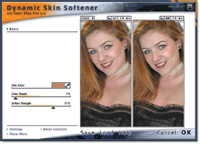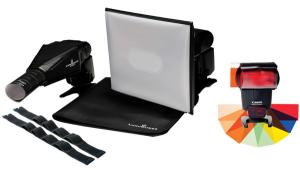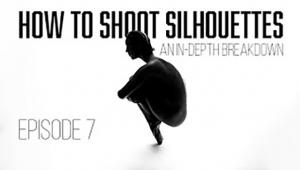Digital Innovations
Real Or Photoshop?
Is That An Illustration Or Are You Just Glad To See Me?
"Vitaque mancipio nulli datur, omnibus usu."--Lucretius (96-55 B.C.) I happen to think that the
process of making photographs extends beyond snapping a shutter. Manipulating
images has been a part of the photographic process since Julia Margaret
Cameron got her first camera, yet when computers are involved, it sets
the purists' "hair on fire." Recently, the appearance
of one of my motorcycle images on a photographic website generated these
comments: |
|||
Fuzzy Pictures? |
|||
Digital Skin? |
|||
More Than Burning CDs |
|||
Mac OS users should use Roxio's
new Toast with Jam 6. (I last wrote about Toast 6 Titanium in the December,
2003, Shutterbug.) It includes all the capabilities of Toast 6 Titanium,
such as ToastAnywhere, which enables sharing of CD or DVD burners across
a network; Plug & Burn that lets you create Video CDs or DVDs automatically
from DV camcorder content; and Motion Pictures that can add pan and zoom
effects to photographs. Toast with Jam 6 includes Dolby Digital Hollywood-style
encoding and decoding software that lets you squeeze more than two hours
of video on a DVD (that works in standard DVD players) while maintaining
audio fidelity and video quality. |






















































